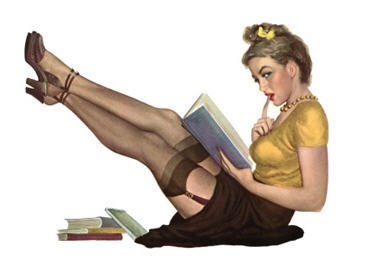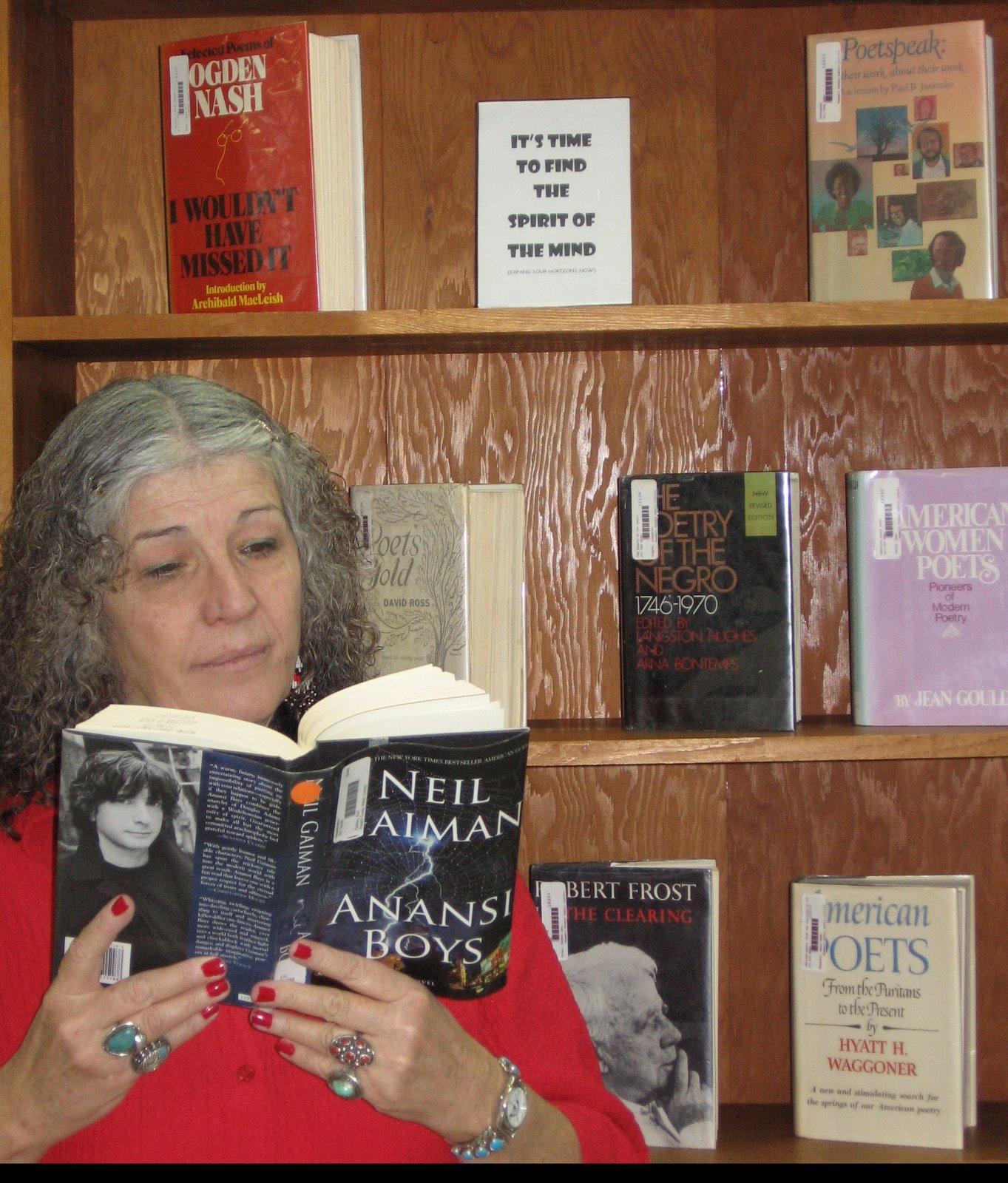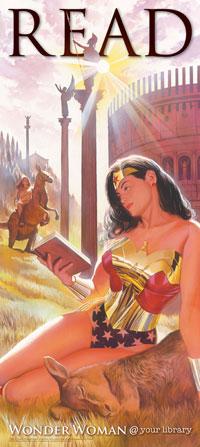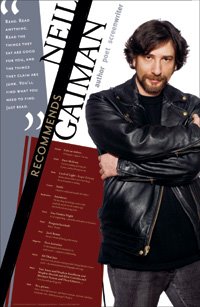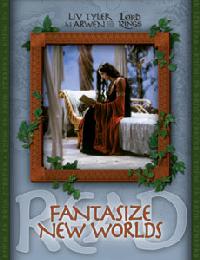Wild horses have figured prominently in our art, history, and folklore, are admired for their beauty and strength, were revered by Native Americans, and we certainly could not have settled the west without them. Now they are fighting for survival.
Traer Scott traveled around the U.S. and Puerto Rico to be able to obtain these extraordinary and unforgettable images of wild horses in sanctuaries and running free. She focuses on the horses current struggle and the efforts of certain individuals and groups who are trying to protect them.
The book contains more than 100 stunning black and white images, revealing the intelligent, caring, and protective nature of these animals, while telling stories about their daily lives, as well as their rescue and rehabilitation.
This book will appeal to horse lovers everywhere, as well as those of us who are concerned about the welfare of all wild animals.
"Wild free-roaming horses belong to no one individual. They belong to all the American people...The spirit which has kept them alive and free against almost insurmountable odds typifies the national spirit which led to the growth of our Nation. They are living symbols of the rugged independence and tireless energy of our pioneer heritage."....U.S. Senate Report No. 242, 92nd Congress, 1971
New Books and ARCs, 4/26/24
15 hours ago
















